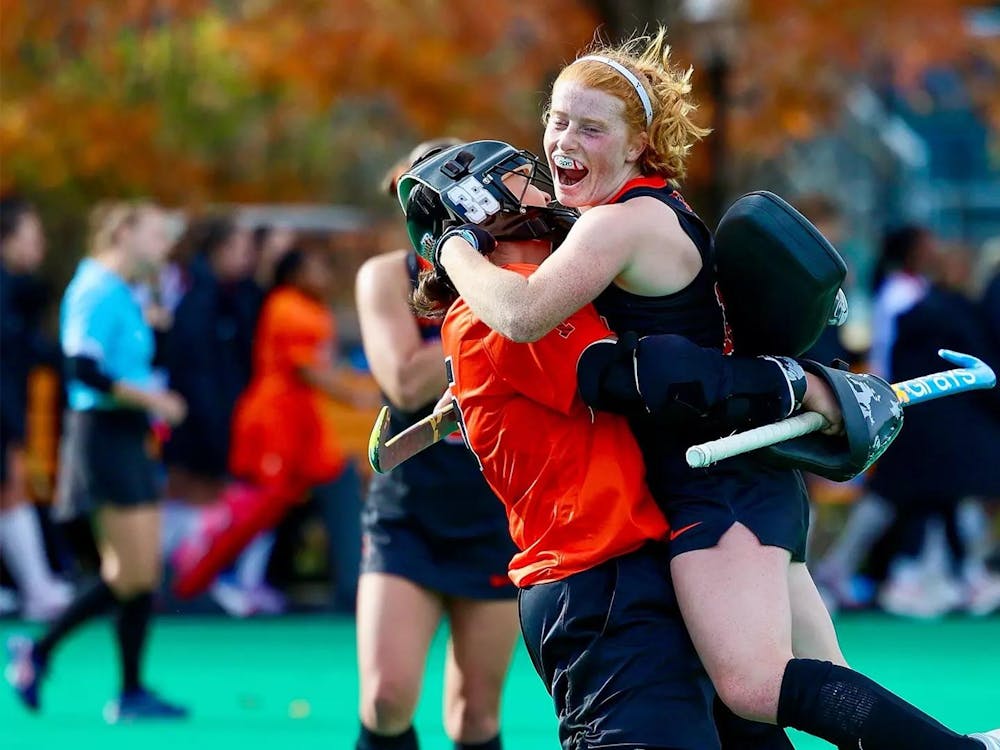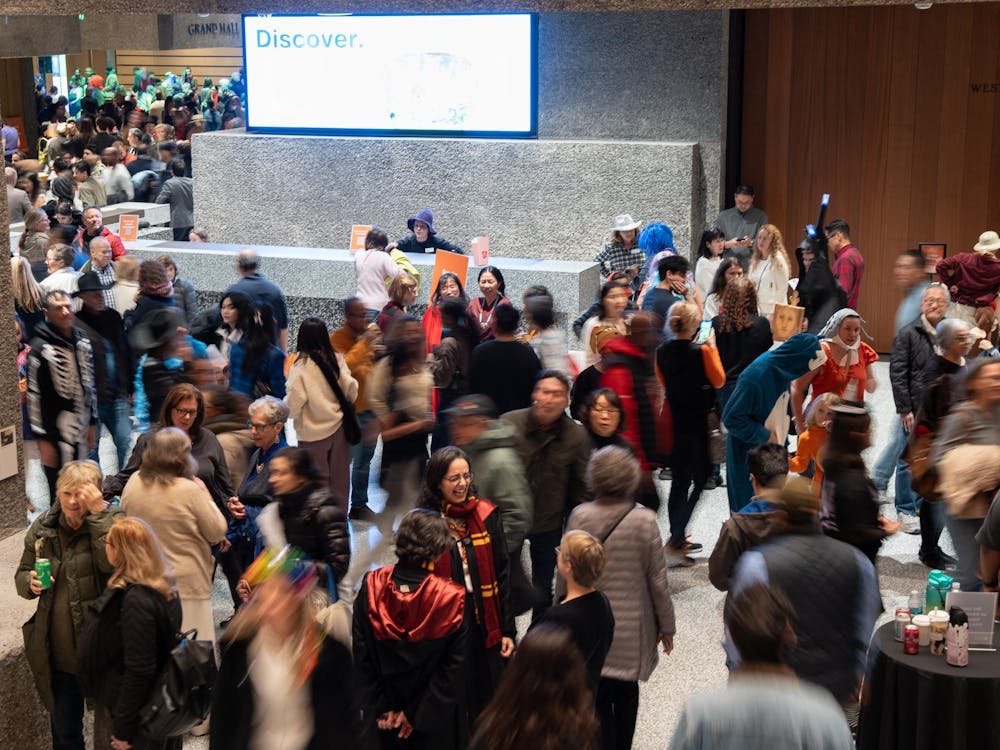On the University’s admission website, the first academic topic to explore is: “What does liberal arts mean?” In this section, the University argues that by exploring issues, ideas, and methods across the humanities, the arts, the natural sciences, and the social sciences, students will learn to read critically, write analytically, and think broadly. The University hopes its general education requirements will ensure that students take courses across many academic disciplines. I argue that these requirements are a one-size-fits-all answer to the question of how to create well-rounded learners.
A far better option is to simply require that students take a certain number of courses outside of whichever broad field their majors fall: the humanities, the arts, the natural sciences, or the social sciences. In our current system, students may have to take courses that lie significantly outside of their comfort zones. For example, an arts major will need to take two science and technology courses, one of which will need to have a lab component, and at least one quantitative reasoning course. Many STEM majors will have to take two literature and arts courses and one ethical thought and moral values course. Some students might excel across disciplines, but others who are geared away from the extreme of either the arts or the natural sciences will resort to methods which subvert the entire goal of the liberal arts in the first place.
One common tactic for dealing with the general education requirements as they currently are is to enroll in courses which are well known on campus as being easy A’s that require little work. Within just a few days of being on campus, first-years will have a good understanding of which courses are good for avoiding a large hit to their grade point averages and a large workload. When students take these courses, they are doing to get around the potential dangers of taking a rigorous course which is simply outside of their realm.
Another common tactic is to use the pass/D/fail option for the general education requirements. Yes, this can be done in order to avoid getting a low grade if the material is too difficult, but when the PDF is combined with an easy course, it can almost negate the rigor of the course, where the students only need to walk away with a C- in a course which is well known to be relatively easy for students with no background in the field. This defeats the purpose of PDF, which is to allow students to experiment with courses they actually wish to take, and instead becomes a tool to subvert the general education requirement. Some students may wish to ease their workload for the semester by taking an easier course or by using a PDF; this is a legitimate desire, especially when taking other more difficult courses. Yet, this is an entirely different situation than employing these tools simply to avoid the negative consequences of a requirement which a student knows is really not a good fit for them at all.
How should the University maintain its goal to broaden students’ academic experiences while also keeping them engaged in the process? The University could divide up academic departments into broad categories such as the humanities, the arts, the natural sciences, and the social sciences. There could be more or fewer categories as the University sees fit. Then, it could mandate that a certain number of credits are needed outside of a student’s primary field in order to graduate. If, for example, a student’s major fell within the arts, they would need to take a certain number of courses outside of the arts in order to graduate. The University could determine for itself what this number of courses should be.
The key difference between this system and the one we currently have is that it would make students take a diverse array of courses but not force them to take courses which may be so far out of their area of skill that they would resort to taking easy A courses or PDFing many of the requirements. Instead of being able utilize their talents where they see fit, students currently face situations where they feel like they are simply rubber stamping a requirement. In place of mandating a certain number of courses from the natural sciences or a certain number from the humanities, the University should allow students to choose for themselves from where these out-of-discipline credits should come. The expectation of liberal arts, that students will all enjoy taking courses from as many disciplines as they possibly can, is far different from the reality of subversion and apprehension that we find on campus. The sooner we acknowledge this reality, the sooner we will see students embrace the University’s view of the liberal arts.
Hunter Campbell is a junior from East Arlington, Vt. He can be reached at hunterc@princeton.edu.







